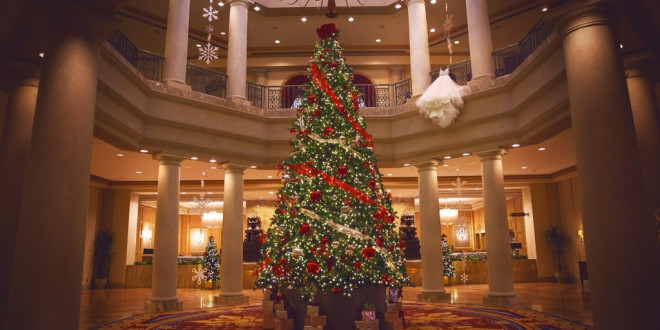[ad_1]
If you are like most brides, you probably spend a lot of time online looking at bridesmaid dresses. There is a dizzying array of choices, and it can be overwhelming to sort it all out, especially when you are not seeing the dresses in person. One thing that can really help to make sense of it all is a good understanding of what the descriptions mean. This is a guide to help you learn about all of the different bridesmaid dress fabrics; before you know it you will be an expert!
The first thing to know is that not all fabrics are created equal. Silk is the most expensive material used for bridesmaid dresses, as well as the most luxurious. There is no equal to the look and feel of genuine silk, it has the most elegant sheen and beautiful drape of any fabric. Of course, it also has the heftiest price tag; silk bridesmaid dresses will often cost well over $200 each, and it isn’t unusual for them to run double or even triple that. So when you are shopping for your bridesmaid gowns, you will want to be careful to balance the beauty of the dress with how much your attendants can actually afford to spend.
Satin is one of the more popular fabrics for bridesmaids. Many women confuse satin with silk, but they are not the same. Satin is a fabric woven to have a sheen on one side, and although it certainly can be made from silk, it can also be polyester or acetate. A silk/poly blend can be a good compromise between beauty and price. Satin is a stiffer fabric, and works very well for holding the shape for an A-line or fuller skirt. It lends itself well to bridesmaid attire for formal or evening weddings, and looks fantastic with sparkling crystal bridesmaid jewelry sets.
Chiffon is another fabric that is widely used for bridesmaid dresses. Like satin, it can be made from silk or a synthetic fabric like polyester. Chiffon is sheer and flowing, making it ideal for a summertime or beach wedding. Due to its sheerness, chiffon is always layered over another fabric. When softly gathered, it can be used to create glamorous Grecian goddess style dresses that are fairly forgiving for different shapes and sizes. Chiffon is sometimes hung on the bias (diagonally), and it becomes very slinky and form fitting, appropriate only for women with movie star figures. Due to its lightweight nature, chiffon is not considered to be a good choice for a winter wedding. It is also important to know that while silk chiffon breathes, a poly chiffon does not, and can be hotter than blazes on a hot summer afternoon.
Another favorite fabric for bridesmaid dresses is organza, which is very similar to chiffon, except for that it has a crisp hand, rather than a fluid drape. Taffeta is a traditional bridesmaid fabric that has no sheen and a crisp hand. It can be a heavier weight like satin or done in fine tissue weight, which lends itself very nicely to gathering and ruching. Taffeta bridesmaid dresses are often seen for more traditional weddings, and are lovely when paired with sets of pearl bridesmaid jewelry.
Now that you know all about the fabrics used for bridesmaid dresses, you can narrow down your search to make it more manageable. If you are having a summer wedding, look at dresses in chiffon or organza; for a formal or winter wedding, satin or taffeta are fantastic. And if you are looking for pure luxury in your bridesmaid dresses, you can’t go wrong with beautiful pure silk.
[ad_2]
Source by Laura Firenze

